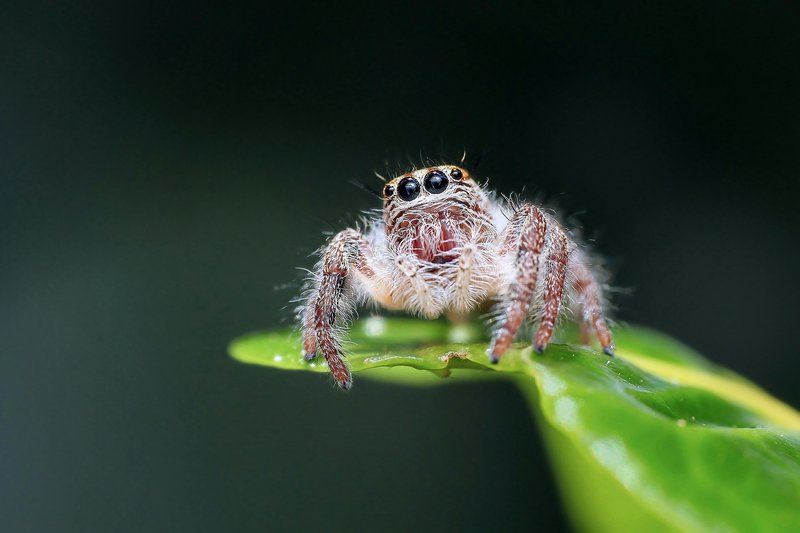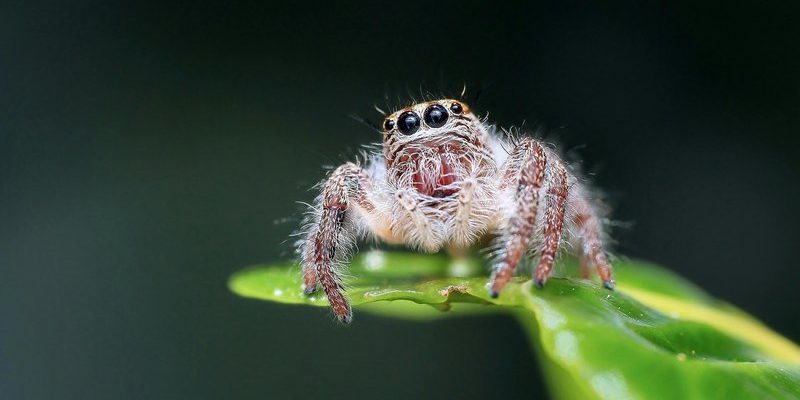
Spider monkeys, known for their long limbs and prehensile tails, are fascinating creatures. They’re like gymnasts, flipping through the treetops, and their unique traits allow them to navigate tough environments with ease. But how do they manage to survive in these challenging habitats? Let’s dive in and explore the remarkable ways spider monkeys make it work.
Unique Physical Adaptations
Spider monkeys have some pretty impressive physical features that help them survive in their environments. Their long, slender limbs and prehensile tails act almost like an extra arm, giving them remarkable agility in the treetops. Picture a tightrope walker who balances perfectly while navigating a high wire—that’s how these monkeys move gracefully from branch to branch.
Their tails aren’t just for show; they act as a fifth limb. Not only do they help spider monkeys grab onto branches, but they also provide stability when they’re reaching for food. This is particularly useful in their often precarious, high-altitude habitats. You might be wondering what this means for their survival. Well, it allows them to forage for food that’s often out of the reach of ground-based predators.
Additionally, their long limbs help them cover large areas while searching for food. Spider monkeys can travel several miles in search of fruit, nuts, and leaves, which are essential for their diet. In harsh environments where resources can be scarce, this ability to cover distance efficiently is a game-changer.
Social Structure and Cooperation
The social dynamics among spider monkeys play a crucial role in their survival. These monkeys are known for being social creatures. They often live in groups, called troops, which typically consist of 20–30 individuals. Imagine a big extended family working together to find food and stay safe.
By sticking together, spider monkeys can combine their efforts to spot potential predators. For example, if one monkey sees a hawk overhead, it can alert the rest of the troop with loud calls. This teamwork helps reduce the risk of becoming a meal. It’s like having a built-in neighborhood watch!
Moreover, their social structure allows for shared resources. When one monkey finds a good food source, the rest benefit as well. This cooperative behavior is essential, especially in tougher environments where finding food can be difficult. Being part of a troop helps spider monkeys increase their chances of survival both by finding food and avoiding dangers.
Diverse Diet and Foraging Skills
Spider monkeys are omnivores with a particular love for fruits, which makes their diet pretty diverse. Their strong jaws and teeth are adapted for eating a wide variety of foods, including hard nuts and soft fruits. This flexibility is vital when their preferred foods become scarce during certain seasons. Picture a gourmet chef who can whip up a meal from whatever ingredients are available—that’s how spider monkeys approach their nutrition.
Their ability to forage efficiently in trees also sets them apart. Spider monkeys have excellent spatial memory, which helps them remember where food sources are located. This skill is especially useful in harsh environments where they might need to return to the same spot multiple times to get enough to eat.
Additionally, their long arms allow them to reach high into the canopy where many other animals can’t go. In places where competition for food is fierce, being able to access food in hard-to-reach areas can mean the difference between life and death.
Adapting to Climate Challenges
Many spider monkeys live in areas that face significant climate challenges. From seasonal droughts to heavy rains, their habitats can be unpredictable. So, how do they adapt? One significant way is through their nesting behavior. Spider monkeys make nests in trees, which provide them shelter from harsh weather and predators.
During heavy rains, they build their nests high up in the canopy where they stay dry and safe. This instinct to find protection is crucial for their survival. Additionally, these nests can also keep them warm during cooler nights. It’s like having a cozy, portable home wherever they roam.
Moreover, they’re also quite resourceful. When faced with food scarcity, spider monkeys can alter their foraging habits. They might choose to eat more leaves or switch to different types of fruits, depending on what’s available. This flexibility in diet allows them to adjust to changing conditions and find sustenance even when their go-to options are limited.
Threats from Habitat Loss
Unfortunately, spider monkeys face significant threats due to habitat loss. Deforestation, driven by logging, agriculture, and urban expansion, poses a severe risk. As their homes disappear, so do their food sources and nesting sites. This isn’t just a problem for spider monkeys; it impacts entire ecosystems.
Picture a jigsaw puzzle where pieces are being taken away—the picture becomes less complete over time. Spider monkeys are losing their habitats, making it harder for them to find food and safe places to live. Moreover, the fragmentation of their habitats can lead to isolated populations, which makes breeding and foraging even more challenging.
Conservation efforts are vital to ensure that these incredible creatures can continue to thrive in their environments. Supporting initiatives aimed at preserving their habitats can make a big difference. By protecting spider monkeys, we help maintain the balance of the ecosystems they inhabit, which is key to the survival of many other species as well.
Spider monkeys are a fantastic example of resilience in the face of adversity. From their unique physical traits to their strong social structures, they’ve developed impressive ways to thrive in challenging habitats. Their adaptability, whether in foraging or dealing with climate changes, showcases their survival instincts.
As we learn more about these fascinating creatures, it’s crucial to remember the threats they face. Protecting their habitats not only helps spider monkeys but also supports entire ecosystems. So, the next time you hear about spider monkeys, think of those remarkable adaptations that allow them to dance through the trees, even in tough times. They truly are survivors in every sense of the word.

